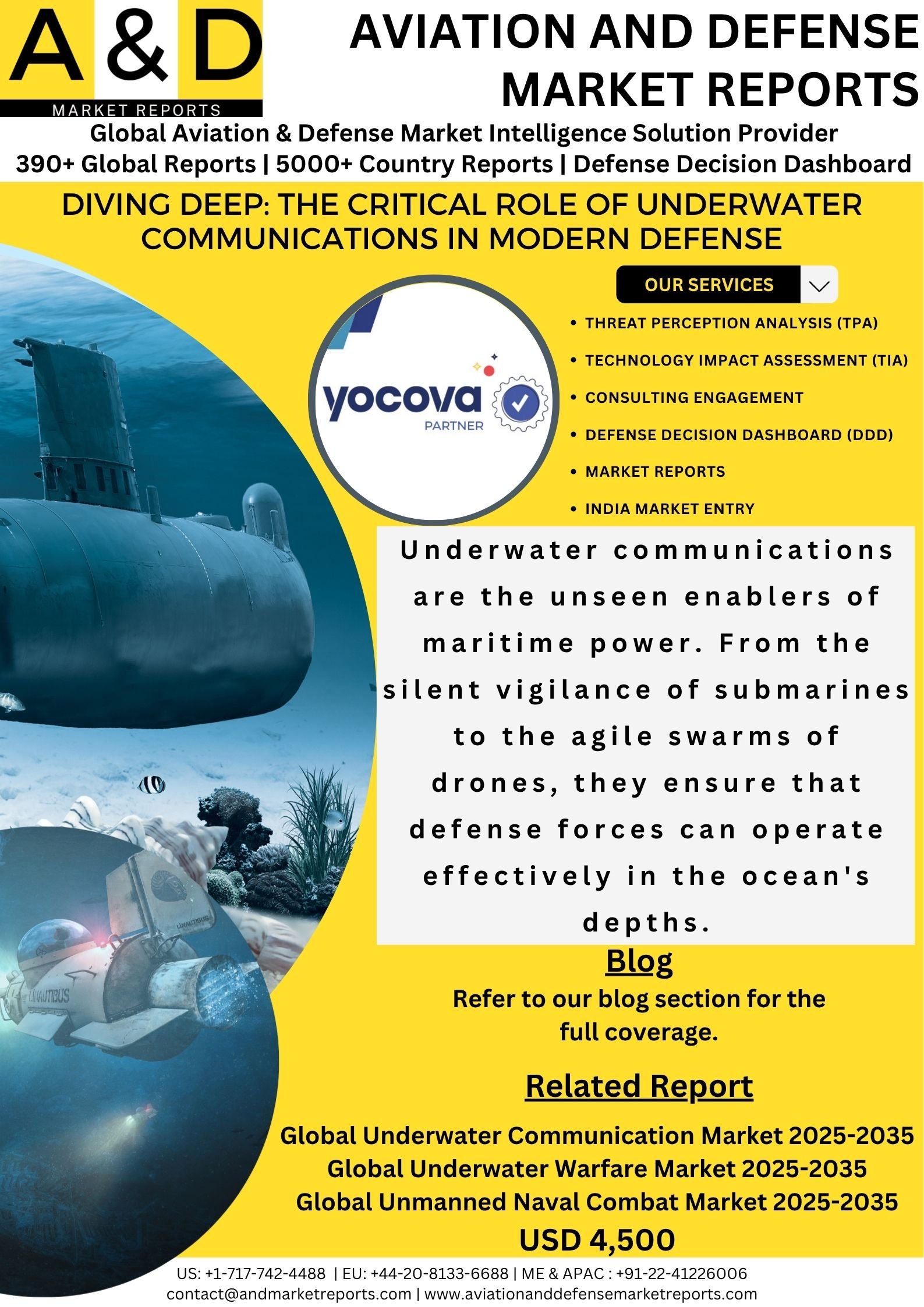Imagine a nuclear submarine operating silently deep in the ocean. Underwater communication must coordinate with surface ships and drones to neutralize a threat. This isn’t just theory; it is the reality of modern naval warfare. Crucially, reliable underwater communications form the backbone of defense strategies. Maritime tensions are rising globally, from the South China Sea to the Arctic. Therefore, the ability to transmit data, commands, and intelligence beneath the waves is essential for maintaining superiority. In fact, underwater communication enables everything from stealthy submarine operations to coordinated autonomous attacks. Yet, this domain presents unique technological challenges. Ultimately, it demands innovations that balance security, range, and speed.
🔇 Challenges of the Deep: A Hostile Environment
The underwater environment is notoriously hostile to communication. Water absorbs and scatters signals. Consequently, this makes traditional radio waves ineffective beyond short distances. Electromagnetic waves, which work well on land, rapidly weaken in seawater due to its conductivity. As a result, their use is limited to very low frequencies or specific setups.
Acoustic waves (sound) fare better. They propagate farther, but they come with their own pitfalls. Ocean noise interferes with signals. This noise comes from marine life, shipping, and natural events like waves. Furthermore, multipath propagation occurs when sound bounces off the surface or seabed. This action creates echoes that muddle messages. Temperature changes also create “sound channels” that bend signals unpredictably. Moreover, salinity and pressure further complicate matters.
Security is another hurdle. Specifically, adversaries can intercept, jam, or spoof underwater signals. This risks mission compromise. For defense, these issues are more than just technical; they are strategic vulnerabilities that could shift the balance in a conflict.
📡 Pillars of Underwater Communication Technology
Despite these obstacles, several technologies have emerged as vital.
- Acoustic Systems: These dominate due to their long-range capabilities, often spanning kilometers. They use transducers to convert electrical signals into sound waves. This allows data transmission at speeds up to several kilobits per second. In the military, acoustic modems allow two-way communication with submarines. For instance, the U.S. Navy’s AN/WQC-2A system uses high-power transducers for reliable sonar comms. However, limited bandwidth means acoustic tech is better for text or low-res video, not high-definition feeds.
- Optical Communications: This offers a high-speed alternative, using lasers or LEDs. Blue-green wavelengths penetrate water best, achieving gigabit speeds over short ranges. Typically, this is hundreds of meters. This makes them ideal for close-quarters operations. Examples include linking divers to a command post or docking UUVs for data offload. Light Fidelity (Li-Fi) variants enhance security. They do this by reducing interference and using directional beams that are harder to eavesdrop on. Yet, particles from sediment can scatter light, restricting use to clearer waters.
- Electromagnetic Methods: Though limited, these find niche roles. Very Low Frequency (VLF) and Extremely Low Frequency (ELF) radio waves allow one-way broadcasts from shore. They penetrate depths where other signals fail. Therefore, these are vital for global command, such as alerting subs to surface for satellite links. Emerging hybrids also combine acoustics with optics or magnetic induction for short-range, covert transfers.
⚓ Critical Operations and Unmanned Systems
In defense, these technologies support critical operations. Submarine communications exemplify this, where stealth is paramount. Nuclear-powered submarines (SSBNs) rely on ELF for “bell-ringer” signals. This initiates contact without revealing position. Once alerted, they might use acoustic buoys or rise to periscope depth for quick burst transmissions via satellite. Consequently, this layered approach ensures survival in contested areas.
Unmanned systems amplify the need for robust underwater links. Autonomous Underwater Vehicles (AUVs) and UUVs handle mine countermeasures and surveillance. They need real-time data exchange to operate in swarms. For example, AUKUS partners (Australia, UK, US) are enhancing underwater comms. These networks enable UUVs to share sensor data, adapt to threats, and relay intelligence back to human operators, extending naval reach without risking lives.
Diver communications are equally vital for special operations. Wireless acoustic systems allow teams to talk or send texts while submerged. Devices like full-face masks support missions like harbor defense. In broader networks, underwater acoustic gateways bridge subsea assets to surface or airborne platforms. This creates integrated battlespaces.
🚀 Future Innovations and Security
Innovations are rapidly closing technology gaps. Defense organizations like the U.S. Defense Innovation Unit (DIU) seek commercial solutions for high-bandwidth, secure systems. Australia developed Phorcys protocols for “secured-by-design” underwater links, enhancing encryption. Systems like Rafael’s BROADLINK offer wideband capabilities over 10km. Looking ahead, Quantum technologies promise unbreakable encryption. AI-driven signal processing mitigates noise, while adaptive networks self-heal against jamming.
The fusion of technologies—acoustic for range, optical for speed, and AI for intelligence—will define next-gen systems. Specifically, collaborative efforts, such as AUKUS exercises, foster interoperability among allies. As geopolitical flashpoints multiply, investing in these capabilities is no longer optional; it’s essential for deterrence and dominance.
In conclusion, underwater communications are the unseen enablers of maritime power. They ensure defense forces can operate effectively in the ocean’s depths. As technology advances, the potential to turn the underwater domain from a barrier into a strategic advantage grows. Ultimately, the future of naval warfare may well be decided beneath the waves.
